Entry Category: Military Science
Bentonville, Skirmish at
Berryville Expedition
aka: Carrollton Expedition
aka: Huntsville Expedition
Berryville, Reconnaissance to (March 3–7, 1862)
Big Indian Creek, Skirmish at
aka: Skirmish at Big Creek
aka: Skirmish at Indian Creek
Big Lake Expedition
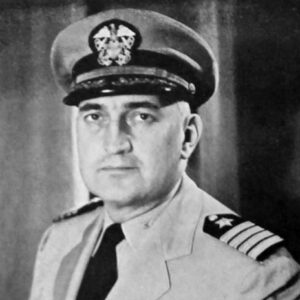 Edward B. Billingsley
Edward B. Billingsley
Billingsley, Edward Baxter
Black Union Troops
aka: African American Union Troops
aka: United States Colored Troops
Black, John Charles
Black, William Perkins
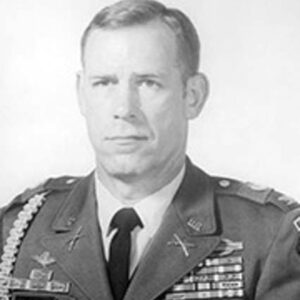 Thomas E. Blagg
Thomas E. Blagg
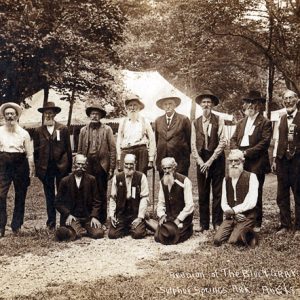 Blue and Gray Reunion
Blue and Gray Reunion
 Blue Star Memorial
Blue Star Memorial
Blue Star Memorial Highways
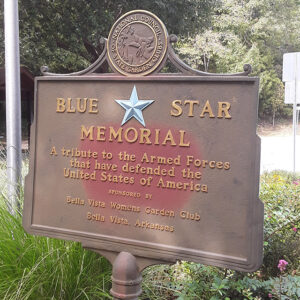 Blue Star Plaque
Blue Star Plaque
Blue Wing No. 2
Blunt, James G.
aka: James Gilpatrick Blunt
Boggs’ Mills, Skirmish at
Bolling, Raynal Cawthorne
Bookout, Jerry
Borland, Solon
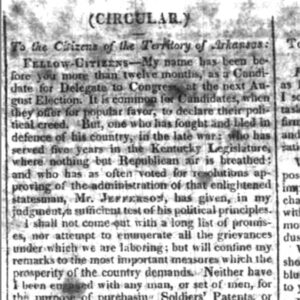 Bradford Campaign Announcement
Bradford Campaign Announcement
Bradford, William
Bradford, William Claude
Bradley, Thomas H.
Branchville, Skirmish at
 Jamie Brandon
Jamie Brandon
 Brandywine Article
Brandywine Article
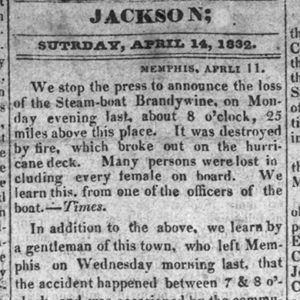 Brandywine Article
Brandywine Article
 Britt Sticker
Britt Sticker
Britt, “Footsie”
aka: Maurice Lee Britt
aka: Morris Britt
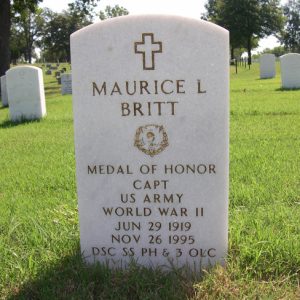 Footsie Britt Tombstone
Footsie Britt Tombstone
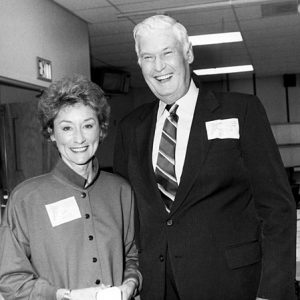 Gay White and Footsie Britt
Gay White and Footsie Britt
 Footsie Britt
Footsie Britt
 Footsie Britt
Footsie Britt
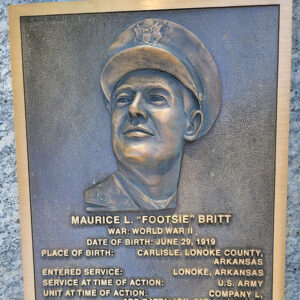 Footsie Britt Plaque
Footsie Britt Plaque
 Brooks-Baxter War
Brooks-Baxter War
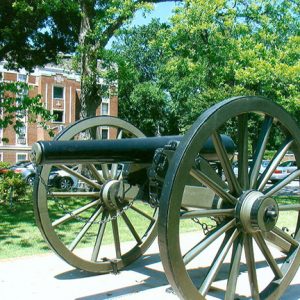 Brooks-Baxter War Cannon
Brooks-Baxter War Cannon
Brooks-Baxter War
 Brooks-Baxter War Cartoon
Brooks-Baxter War Cartoon
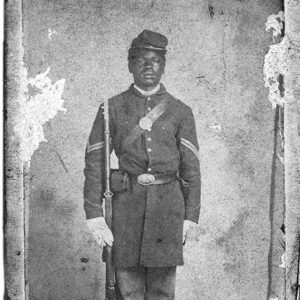 Aaron Brooks
Aaron Brooks
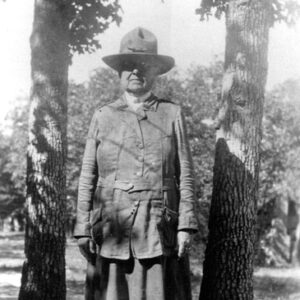 Ida Joe Brooks
Ida Joe Brooks
Brooks, Joseph
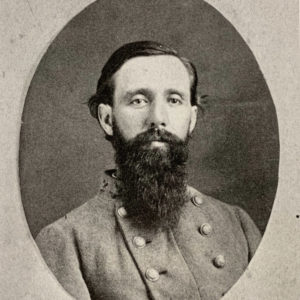 William H. Brooks
William H. Brooks
Brooks, William H.
 Isaac Newton Brown
Isaac Newton Brown
Brown, Jacob
Brown, William M. “Buck”
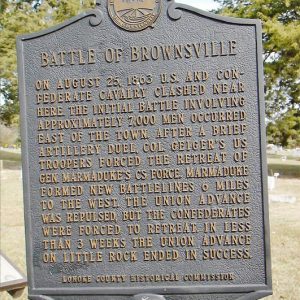 Brownsville Skirmish
Brownsville Skirmish




